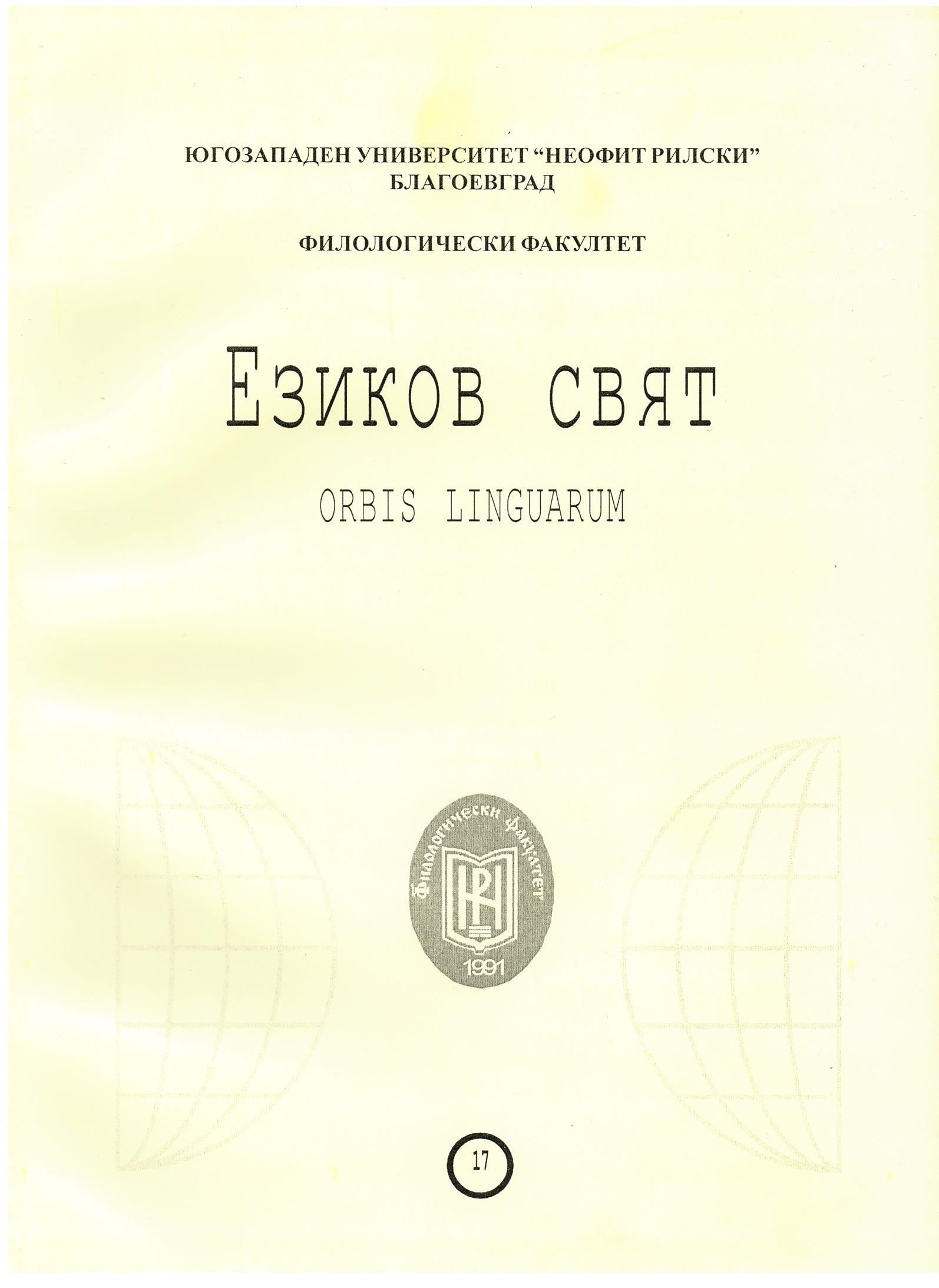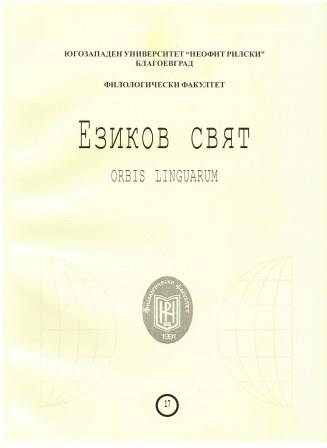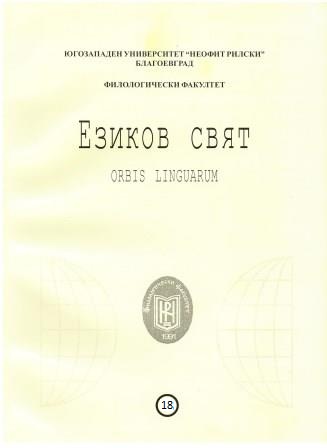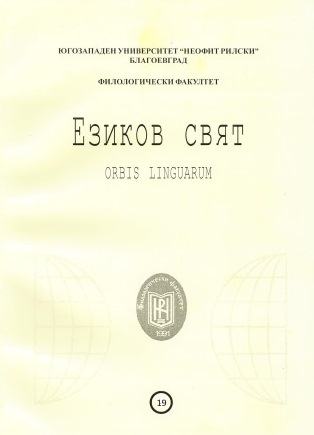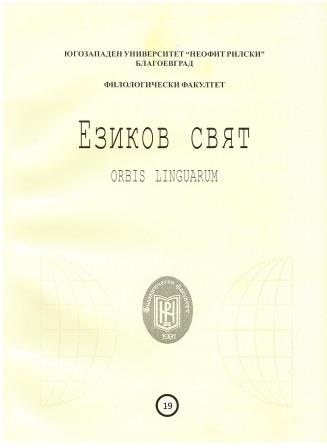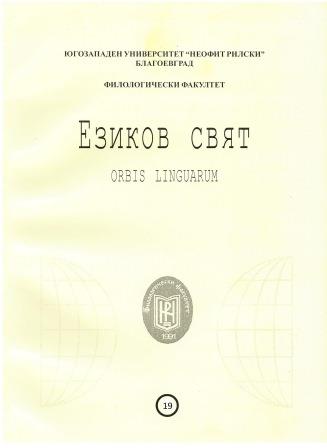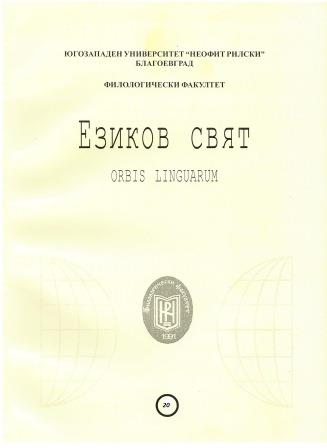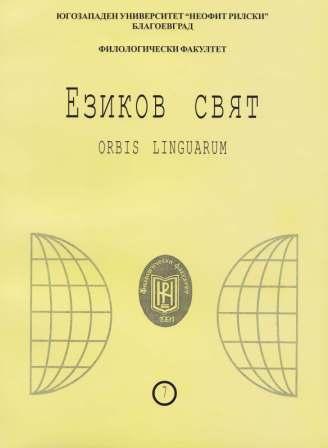
МЕТАФОРА ПРИГОТОВЛЕНИЯ ПИЩИ В РУССКОМ ЯЗЫКЕ И ЛИНГВОКОГНИТИВНЫЕ АСПЕКТЫ ЕЁ ИССЛЕДОВАНИЯ (НА МАТЕРИАЛЕ ОБРАЗНЫХ СЛОВ И ВЫРАЖЕНИЙ, МОТИВИРОВАНЫХ ГЛАГОЛОМ ВАРИТЬ)
The article presents the cognitive analysis of figurative vocabulary and expressions, which are metaphorically motivated by the verb boil. This verb names various activities, processes and phenomena by their analogy with cooking food in hot water. Propositional frame-based analysis facilitated the revelation of the cognitive structure of the frame presented by the verb boil and its subject / object oriented propositions which are based on the metaphorical projection of such phenomena as physical, physiological, mental, psychological and social conceptual spheres. The given system of images expresses metaphorically the concept of various processes and notions related to the transformation of material objects; bad physical state because of overheating, changes in character and morals, active team work, realization of social and political projects, intensive intellectual work, mixing different elements into one etc.
More...
